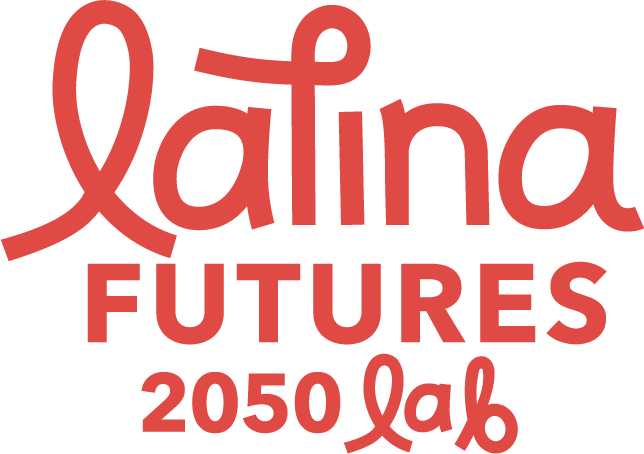
March 20, 2025
Adding authentic voices across communities and media landscapes
By Sandra Baltazar Martínez
The Latina Futures 2050 Lab team is diligently working to position experts with lived experience across key audiences.
Over the past four weeks, Latina Futures team members have led meetings with English and Spanish-language media executives, attended leadership conferences, and supported community-based research in three key regions of California.
“Latina Futures’ commitment to improving the lives of women and girls is unwavering,” said Sonja Diaz, a lawyer and co-founder of Latina Futures. “We’ve made meaningful investments to community-centered research efforts in California’s Central Coast and Imperial Valley, while also leveraging cross-sectoral relationships to amplify Latina experts in print, digital and broadcast news.”

A recent visit with English and Spanish-language television executives in Los Angeles led to conversations around the Los Angeles wildfires, the 2026 elections, impact of mass deportations on regional economies, and the national attack on diversity, equity, and inclusion in educational and non-educational settings.
As the form and content of information continues to experience tectonic shifts, Latina Futures is focused on ensuring audiences, regardless of age, gender or racial/ethnic background, are exposed to the multi-dimensionality of Latina life in the U.S. by leveraging a budding cadre of bilingual experts and researchers who can speak on relevant topics. Among them is a cohort of experts who participated in an op-ed writing bootcamp led by Latina Futures senior journalism fellow, Jean Guerrero. The bootcamp aims to elevate Latina voices in the first 100 days of the Trump presidency.
“We want to be good partners and accessible to reporters who need experts who understand the issues from the inside. Whether it’s labor, housing, education, health or immigration, Latina Futures experts can provide fresh, data-driven perspectives,” Diaz said. “Even as the media landscape shifts, networks and print media remain a go-to source for some sizable generational cohorts of Americans, with Spanish-language news being even more deeply trusted sources of information during geopolitical tumult. We want to support efforts to close information gaps about news of the day.”



